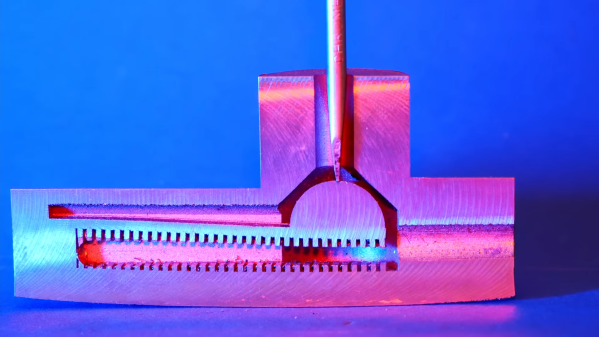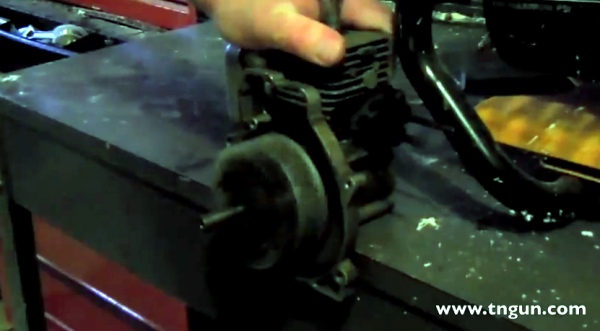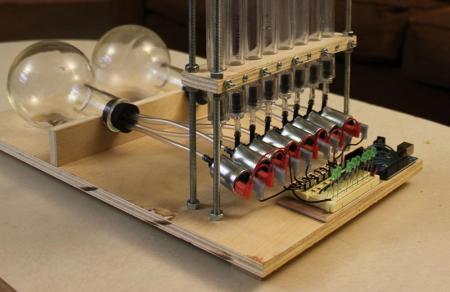[SunShine] has been working on 3D printed pumps and similar parts with an aim towards building smaller and more compact hydraulic systems. His latest effort involves printing working hydraulic check valves that can be integrated seamlessly into his designs.
Unlike many 3D printing enthusiasts, [SunShine] works with metal printers of the laser powder bed type. His expectations for his parts are thus very high, and he aimed to create check valves that could withstand high hydraulic pressures.
After much work, [SunShine] came up with two designs for 3D-printed check valves that would work. However, they both needed internal removal of support structures that couldn’t be achieved without cutting them open. He then figured out that he could use a special process using nitric acid to carefully eat away a very precise amount of metal inside the valves, which would remove the support material without destroying the whole valve itself.
While the valves couldn’t be tested beyond 400 bar due to the available equipment, they did work as intended. As a bonus, they actually sealed better as they were used more, as the sealing surfaces bedded in and deformed to match each other.
The video is then rounded out with a simple plastic check valve design you can print at home. It reminds us of other valves we’ve seen created with 3D printing before. Video after the break.













